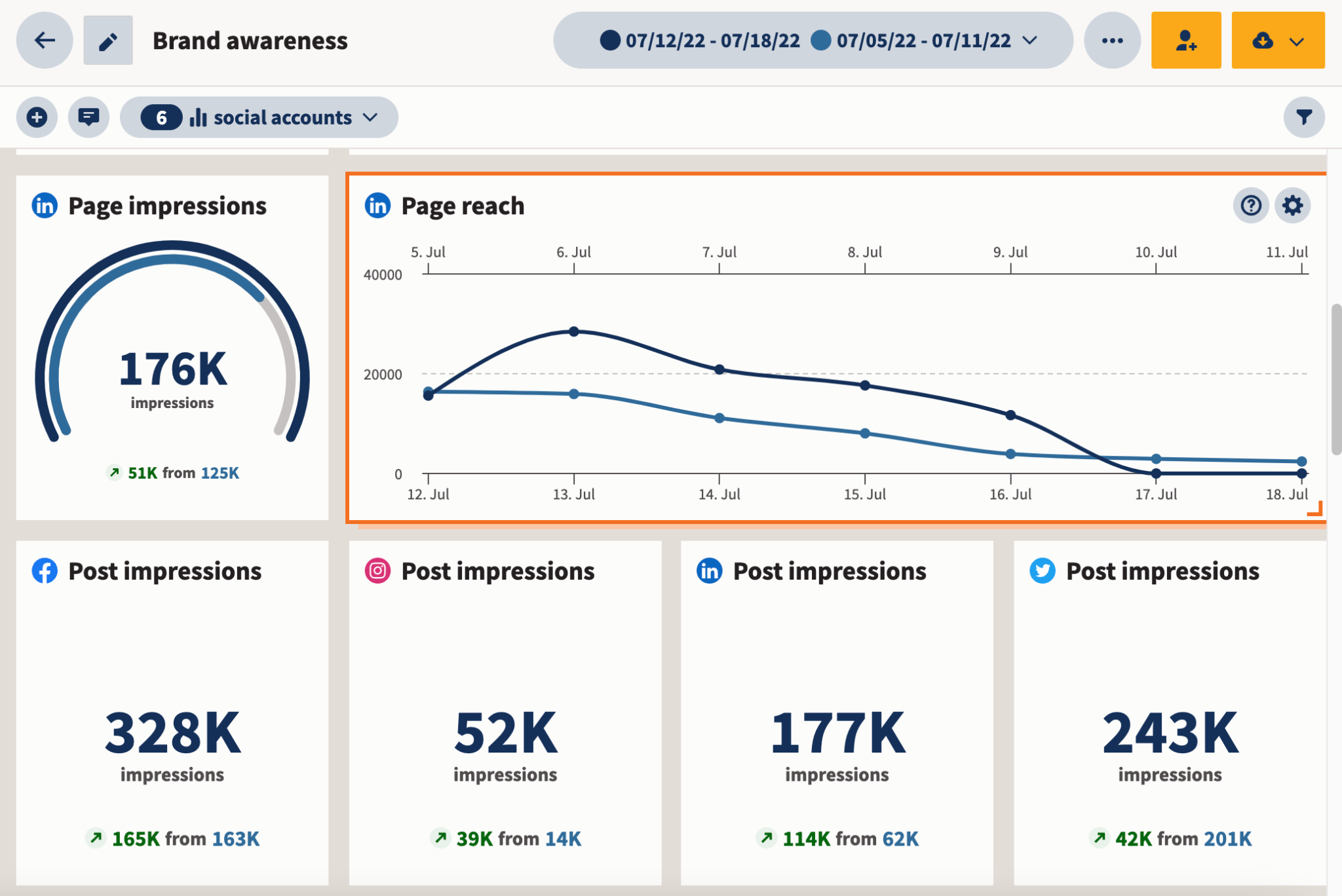Social media has become an essential marketing tool for businesses of all sizes. However, simply creating social media campaigns is not enough. To truly succeed in the digital landscape, you need to be able to measure the performance of your campaigns and make data-driven decisions to improve them. This is where social media analytics comes in.
What is Social Media Analytics?
Social media analytics is the process of tracking, analyzing, and interpreting data from social media platforms to optimize your marketing efforts. By measuring key metrics such as reach, engagement, and conversions, you can gain valuable insights into what is working and what isn’t in your social media campaigns.
Key Metrics to Track
When it comes to social media analytics, there are several key metrics that you should be tracking to measure the success of your campaigns:
Reach: The number of people who have seen your content
Engagement: The number of likes, comments, and shares your content receives
Conversions: The number of people who take a specific action, such as signing up for a newsletter or making a purchase
Click-through Rate (CTR): The percentage of people who click on a link in your post
Tools for Social Media Analytics
There are a variety of tools available to help you track and analyze your social media performance. Some popular options include:
Google Analytics: Offers robust social media tracking capabilities
Hootsuite: Provides a comprehensive dashboard for monitoring all of your social media accounts
Buffer: Allows you to schedule posts and track engagement metrics
Sprout Social: Offers in-depth analytics and reporting features
How to Improve Your Social Media Campaigns
Once you have collected and analyzed data from your social media campaigns, it’s time to make improvements based on your findings. Here are some tips to help you optimize your social media efforts:
Adjust Your Posting Schedule: Experiment with different posting times to see when your audience is most active
Create Engaging Content: Use eye-catching visuals and compelling copy to capture your audience’s attention
Interact with Your Audience: Respond to comments and messages to build relationships with your followers
Run A/B Tests: Test different variations of your ads to see which performs best
Monitor Your Competition: Keep an eye on what your competitors are doing on social media and adjust your strategy accordingly
Conclusion
Social media analytics is a powerful tool that can help you measure the performance of your campaigns and make informed decisions to improve them. By tracking key metrics, using the right tools, and implementing best practices, you can take your social media marketing to the next level and drive real results for your business.

